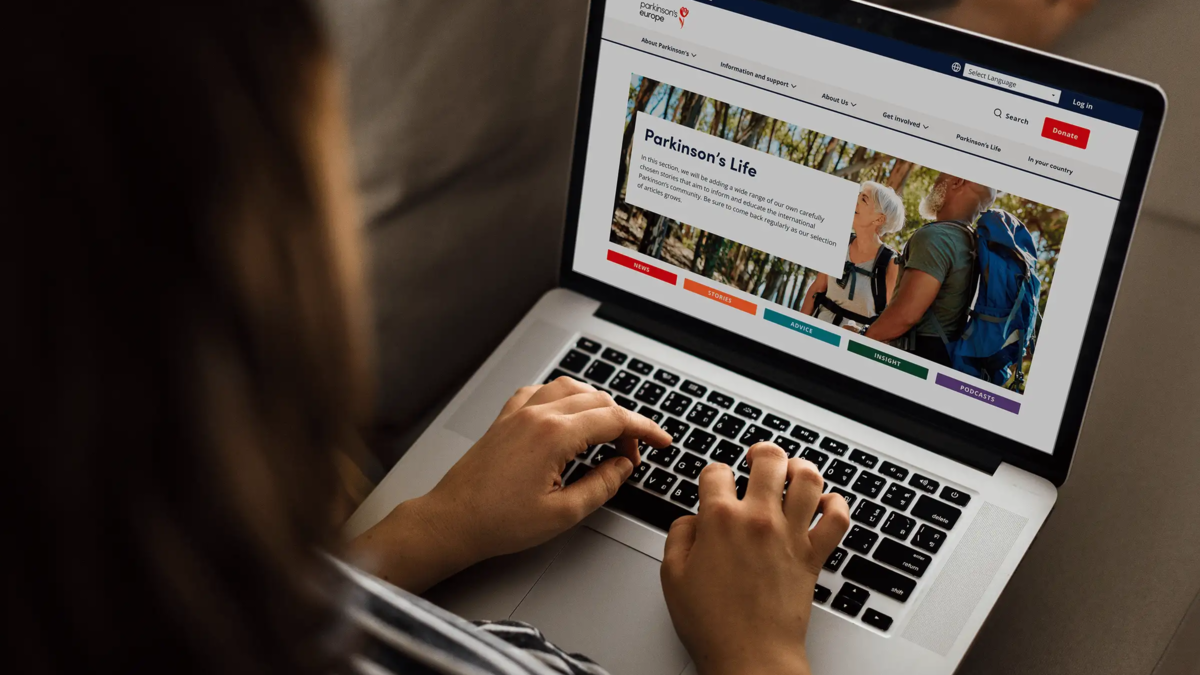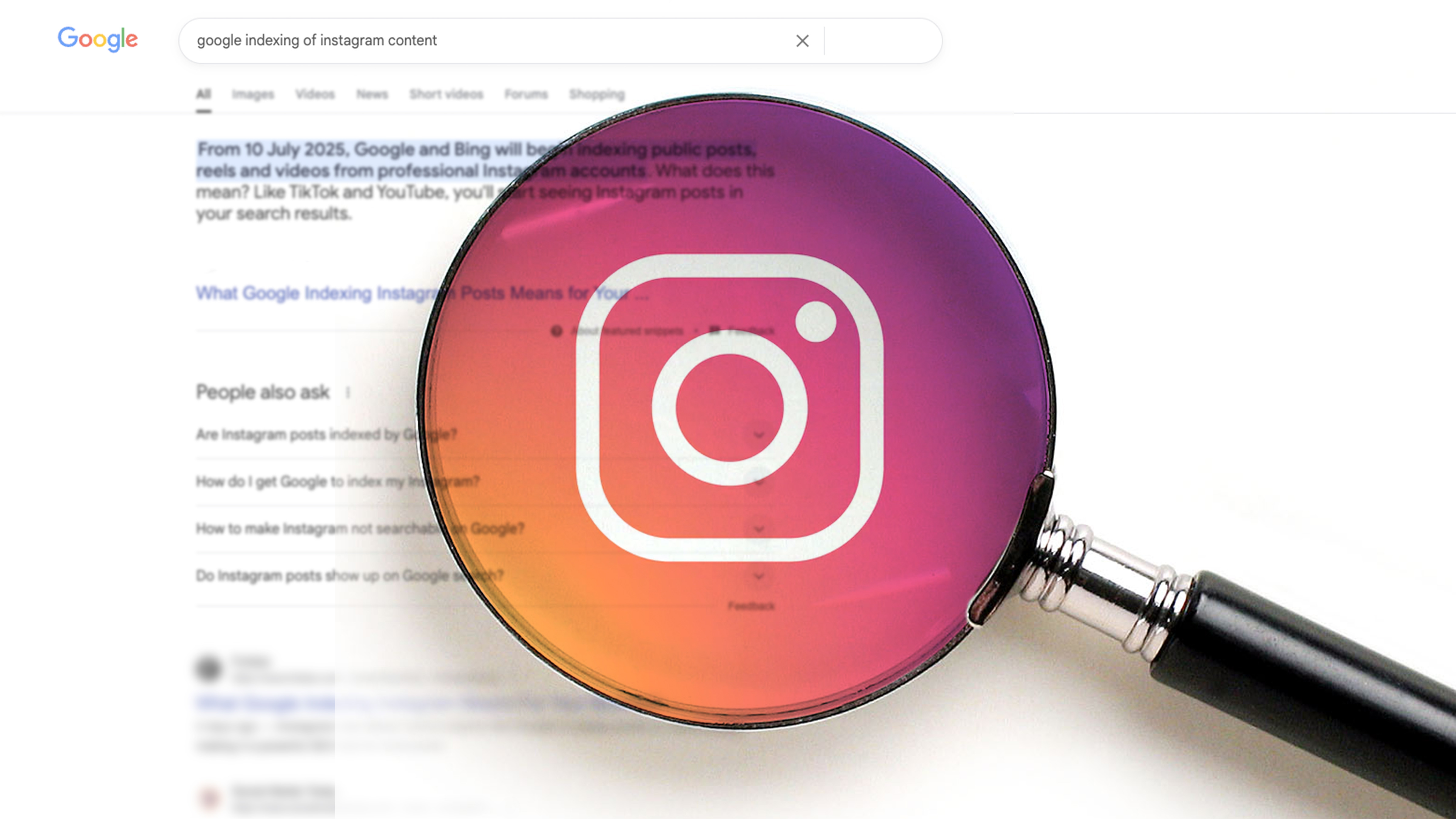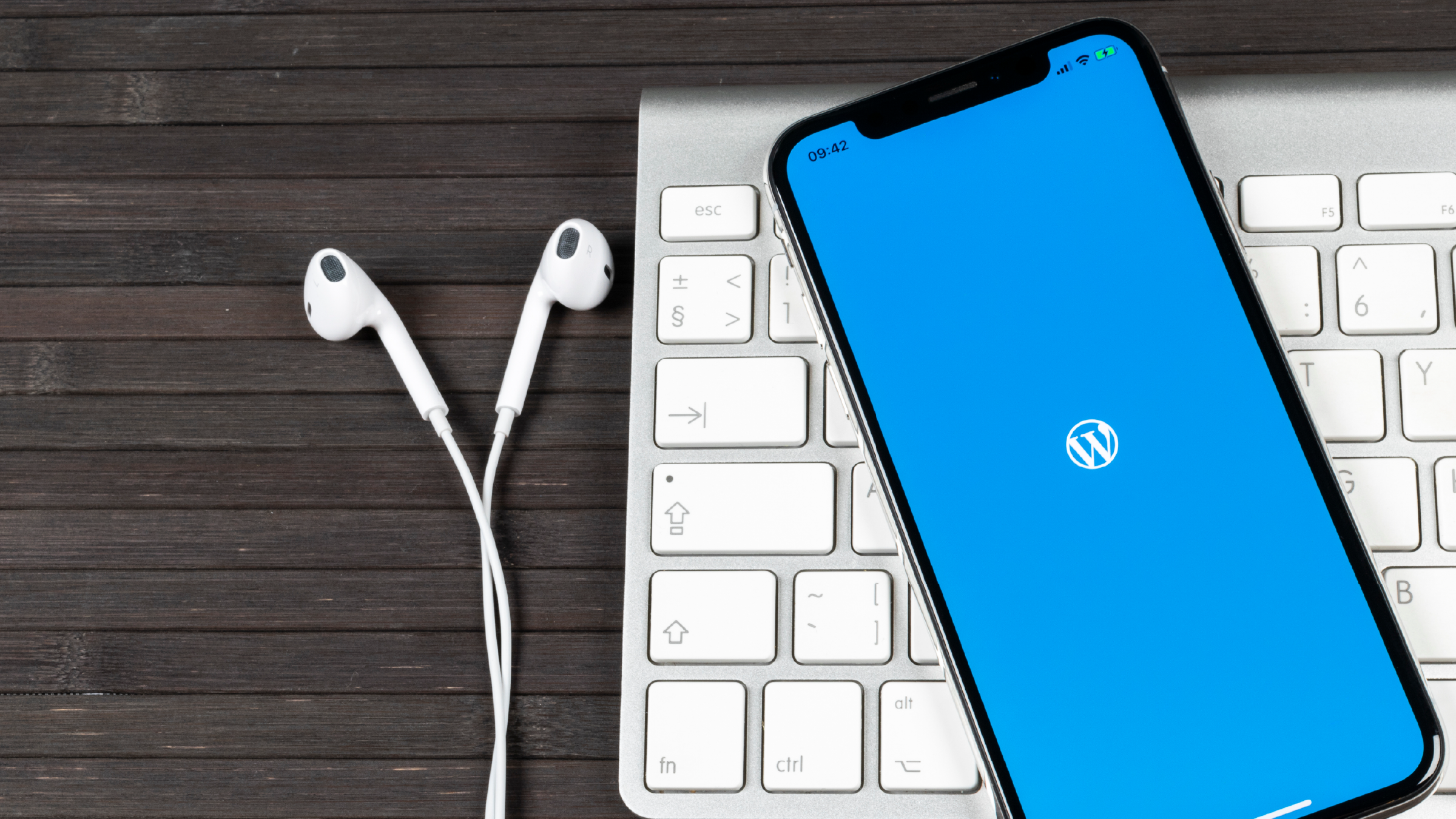
Why accessibility matters
In the UK, almost 17 million people live with a disability – that’s around a quarter of the population, and an increase of almost 5 million people in the last decade. This growing – and significant – number of individuals deserve equal access to information, resources, and support online. When organisations design inclusively, they empower more people to connect, contribute, and thrive.
Accessibility also benefits everyone: clear layouts, high-contrast visuals, and well-structured content make websites easier to use across devices, improve search engine performance, and create a smoother user experience.
Our approach to inclusive design
We build accessibility into every stage of our process, from discovery through to launch and beyond:
- Discovery: considering accessibility needs from the start, including real user perspectives when feasible
- Design: following WCAG 2.2 AA standards as a baseline, with AAA achieved where possible; using clear hierarchies, colour contrast, and readable typography
- Development: semantic HTML, ARIA attributes, and testing with tools like WAVE to flag issues before launch
- Content: writing clear, concise copy, adding alt text to images, captions for video, and transcripts for audio
- Ongoing support: post-launch reviews and updates to keep sites accessible as technologies and standards evolve
Beyond the guidelines
While WCAG provides a strong foundation, every audience has its own needs. For example, when we rebuilt Parkinson’s Europe’s website, we factored in dexterity challenges by ensuring smooth keyboard navigation, and optimising interactive elements. Accessibility goes beyond meeting standards; it’s critical to also listen to communities and adapt solutions to real-world needs.
Simple but overlooked basics
Even small design choices can make a big difference. Some of the most impactful (and far too often ignored) accessibility fundamentals include:
- Avoiding justified or centre-aligned blocks of text
- Ensuring body text is at least 16px (ideally 18px) with sufficient line spacing
- Maintaining proper heading structure (H1 → H2 → H3)
- Providing alt text only where it adds meaning (ignoring purely decorative images)
- Making sure buttons are large enough to click or tap easily (minimum 44px)
These are not complex fixes, but form part of what good web design should be.
Building trust through accessibility
For many charities, accessibility goes beyond a priority, forming a reflection of their values. It helps build trust with service users, supporters, and funders. In some countries, like the US, it’s also a legal requirement. But at its heart, accessibility is about respect and inclusion, levelling the field and ensuring nobody is left behind.
At Bliss, we see inclusive design as part of our responsibility and our privilege. By supporting social impact organisations with accessible digital spaces, we help them reach more people, inspire greater action, and amplify the good they do in the world.
Articles and Blogs
Our blog gives you more of an insight into who Bliss are and what we’re up to. Check out our articles below.
View all articles

